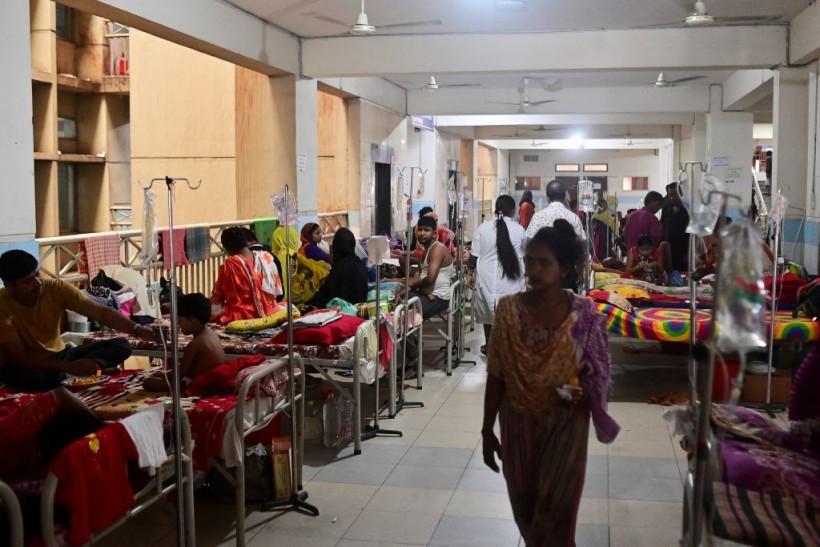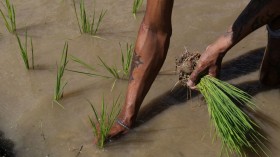Experts said that the high amount of rainfall and hot temperature have contributed to the high number of dengue cases in Bangladesh.
So far, officials said that the dengue outbreak had affected 756 people so far this January, resulting in 10 deaths. The figure was higher compared with the 424 cases and three deaths that were reported in the same period of last year.
Reported Figures Could Be An 'Underestimation'
Authorities, however, feared that the official figures may not give a true indication of the scale of the outbreak in the country.
They pointed out that the reported figures could be an underestimation of the actual burden in the health system.
Dr. Mohammad Shafiul Alam, a scientist in a health research center in Dhaka, said that numerous healthcare facilities in Bangladesh operate beyond the reporting framework. This emphasized the likelihood that the actual figures could be several times higher.
The World Health Organization (WHO), said that since April 2023, Bangladesh has been experiencing its most severe outbreak of dengue on record. The outbreak has placed huge pressure on the country's health system.
The higher incidence of dengue was taking place in the context of an unusual episodic amount of rainfall, combined with high temperatures and high humidity, which have resulted in an increased mosquito population throughout Bangladesh.
In 2023, the total reported cases of dengue reached 321,179, with 1,705 deaths recorded. Officials noted that this was a massive jump from the year before, when 62,000 people were known to have had the virus, and 281 died.
It was the highest number of annual deaths caused by the mosquito-transmitted disease ever recorded in Bangladesh.
Records also showed that children make up around 30% of all dengue cases in Bangladesh and are particularly vulnerable to the virus because of underdeveloped immune systems.
Due to the phenomenon, the WHO has been supporting the authorities to strengthen surveillance, laboratory capacity, clinical management, vector control, risk communication and community engagement, and has trained doctors and deployed experts on the ground to prevent the outbreak.
Further, the WHO has provided supplies to test for dengue and to support care for the patients.
Read Also: Bangladesh Dengue Outbreak: Over 300 People Dead as Infection Spreads Nationwide
Rainy Season, High Temperatures
Medical experts said that dengue is a viral infection transmitted to humans through the bite of infected mosquitoes and is found in tropical and sub-tropical climates worldwide, mostly in urban and semi-urban areas.
The primary vectors that transmit the disease are Aedes aegypti mosquitoes and, to a lesser extent, Aedes albopictus.
The WHO said that dengue was first recorded in the 1960s in Bangladesh (then known as East Pakistan) and was known as "Dacca fever."
Since 2010, cases of dengue appear to coincide with the rainy season from May to September and during the period when the country encounters higher temperatures.
Bangladesh's climate conditions are becoming more favorable for the transmission of dengue and other vector-borne diseases including malaria and chikungunya virus due to excessive rainfall, waterlogging, flooding, rise in temperature and the unusual shifts in the country's traditional seasons.
Related Article: Climate Change is Making Dengue Deadlier as Mosquito-Borne Illnesses Spike Worldwide
© 2024 NatureWorldNews.com All rights reserved. Do not reproduce without permission.






